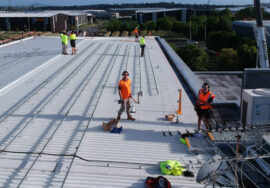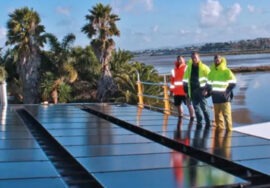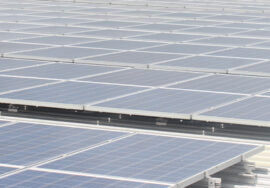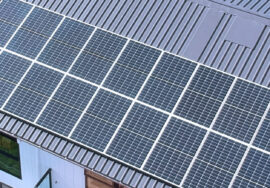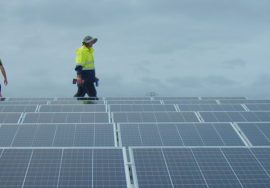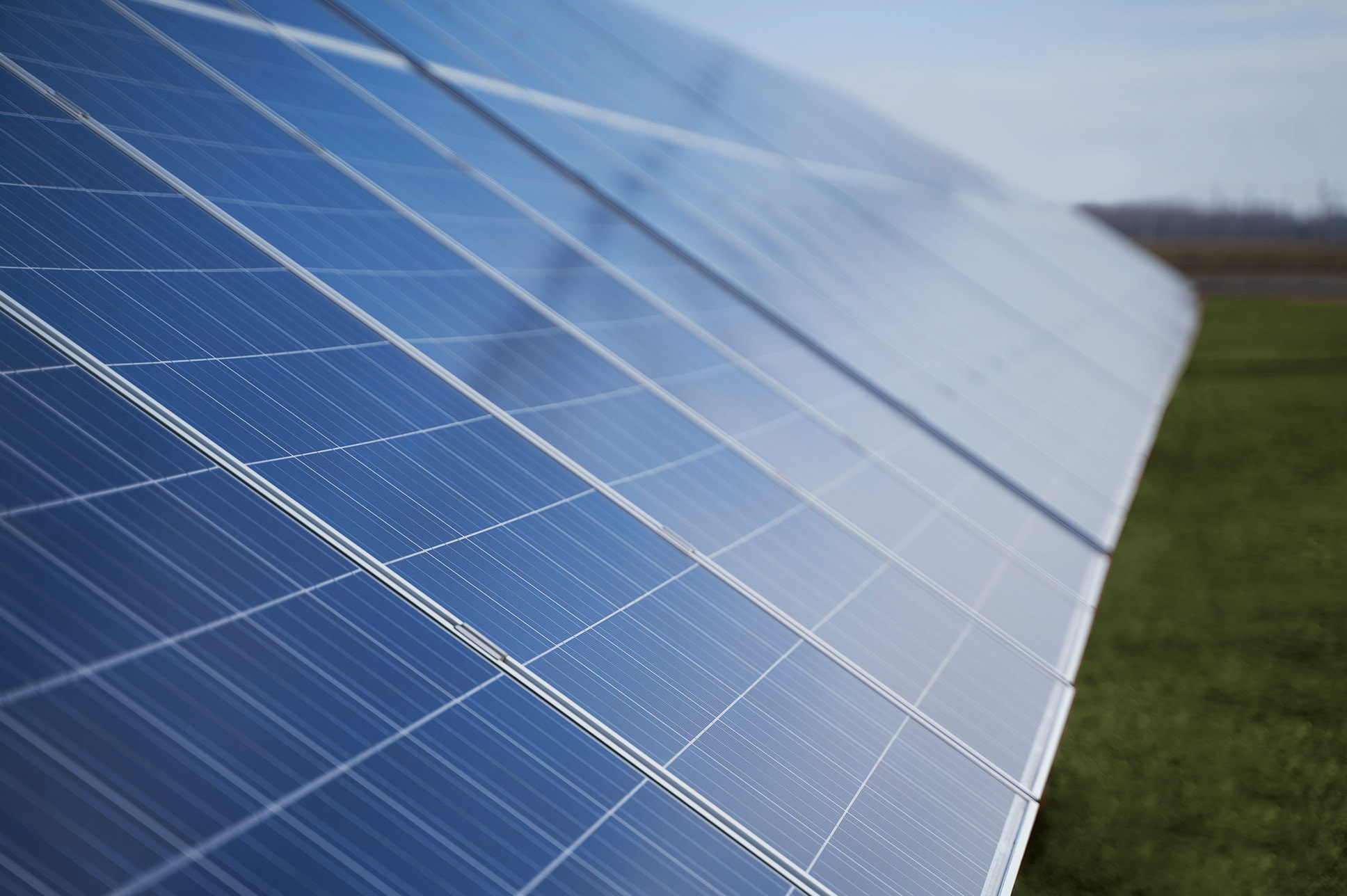
N-type vs P-type Panels – Which Should You Choose?
#commercialsolarnz #solarpanels #aucklandsolar #nzsolar #Trilectsolar
What is a Solar Cell Made From? What is The Difference Between an N-type and P-type Cell?
Solar cells are essentially a crystalline silicon wafer with other materials added for electricity production.
A P-type cell has a silicone base with boron atoms infused to create an overall positive charge (hence ‘P’ type). The top silicone layer of the wafer is infused with phosphorus (N-type) to create a p-n junction for electricity flow. P-type cells are the most common type used in solar panel production.
N-type cells are basically the opposite formation of the P-type cell. They have a silicon base infused with phosphorus creating an overall negative charge. The top layer of N-type silicon cells is infused with boron (P-type) for the p-n junction formation.
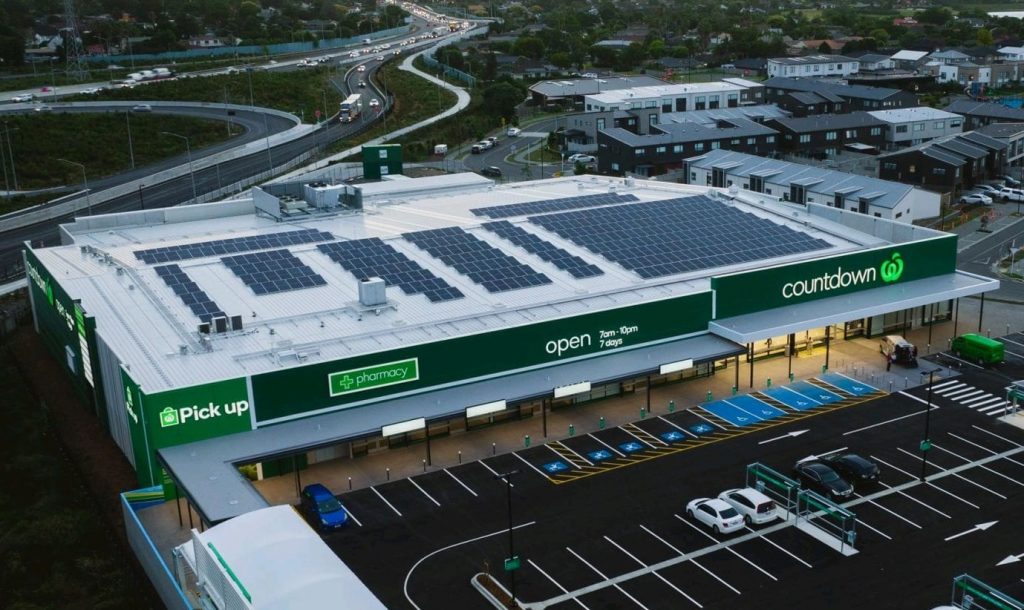
Why do P-type Cells Dominate in Solar Panel Production?
The first solar cell, created in 1954, was in fact an N-type cell. Solar technology was originally developed for use in space, where P-type cells were found to be more tolerant to radiation damage.
Over the years, more research was invested into P-type cells. When the commercial/residential solar industry developed, P-type panels dominated due to extensive information already available on the technology. N-types did not have the same investment put into its research.
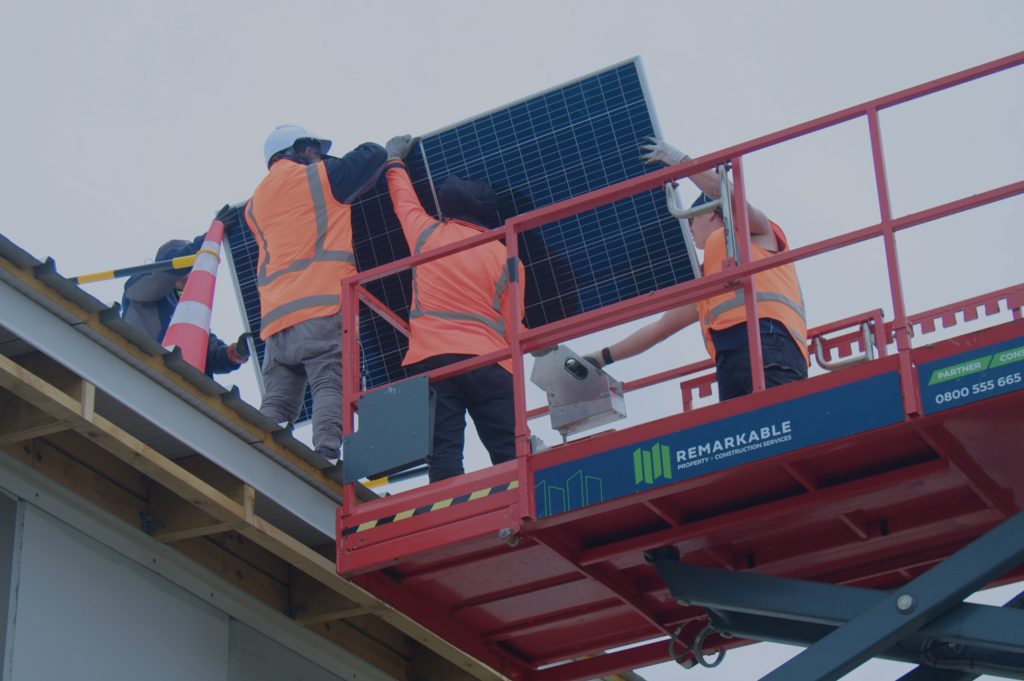
Advantages and Disadvantages of P-type and N-type Panels:
P-type panels are the most common type available for purchase. They are more cost competitive than N-type panels and they have held the largest extent of the market for the last 40 years.
Disadvantages of P-type panels include the boron-oxygen defect. When the cells are formed, a significant concentration of dissolved oxygen presents and forms a recombination area with the boron (under light exposure). This event is called ‘light induced degradation’ and it reduces the efficiency of the cell.
P-type cells are also more prone to metallic impurities such as interstitial iron, these impurities can lower the lifetime of the cell.
N-type cells have many advantages, they are resistant to light induced degradation due to the presence of phosphorus instead of boron within the silicon. This immunity leads to a longer carrier lifetime of the cell and a more efficient, powerful system.
N-type cells are also less prone to metallic impurities that affect P-type cells and have a higher temperature tolerance.
The main disadvantage of N-type panels would be cost. Since N-types come with longer carrier-life and higher efficiency, they are expensive to purchase. Many premium panel brands such as LG Solar, SunPower, and Jinko offer N-type panels for much higher price than P-type.
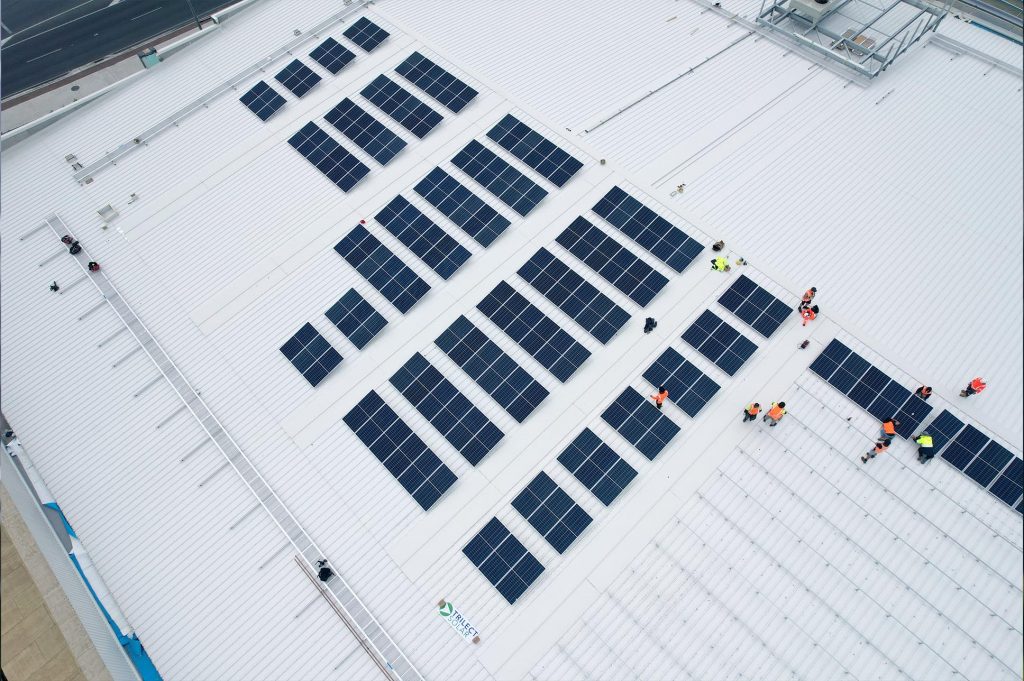
What Should I Choose?
The greater purity of the N-type silicon allows for higher efficiency, less degradation over time and lower energy losses. This leads to more power generation and higher performance over the panel’s lifetime, outweighing the extra upfront cost when purchasing.
Keywords: auckland solar, commercial solar, solar panels, Trilect Solar
ABOUT TRILECT SOLAR
Trilect Solar is a division of Trilect Services, New Zealand’s master electrician since 1997.
We are members of the Sustainable Energy Association of New Zealand (SEANZ) which offers additional peace of mind to our customers.
Trilect Electrical Services is a large electrical service company which is a member of the Master Electricians & Mastercraft network with 40 employees and a 20+ years history of customer satisfaction.
We do not use sub-contractors. All of the installations will be carried out by our experienced team.
Trilect Solar offers a customised energy plan that works for your home/ business.
Get started now by booking a free on-site consultation.
Request Your On-site Consultation
Or call us on 0800 850 888

